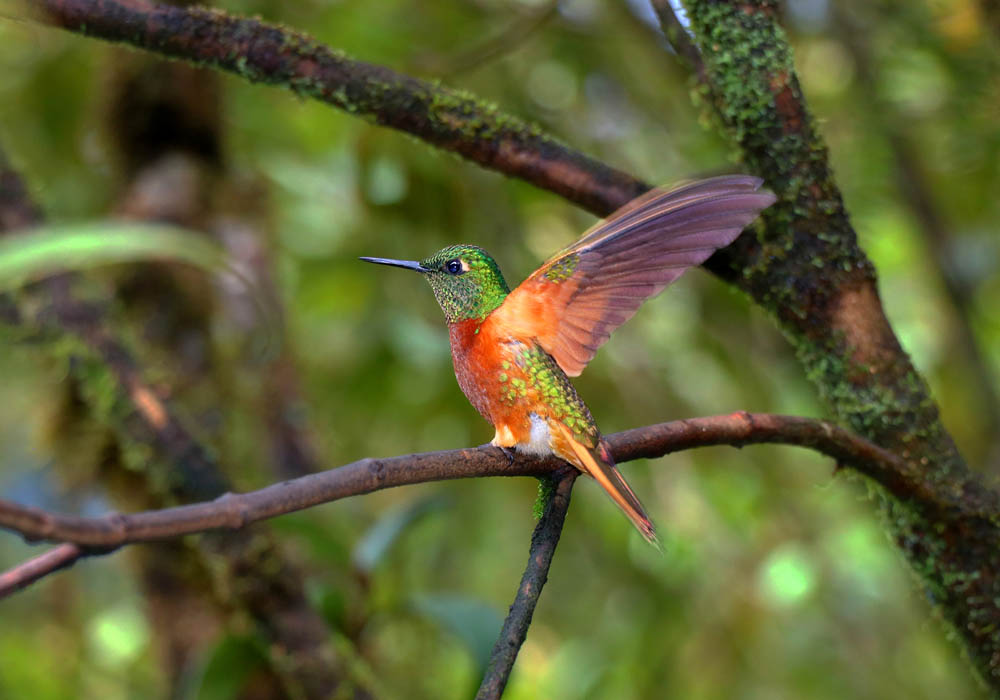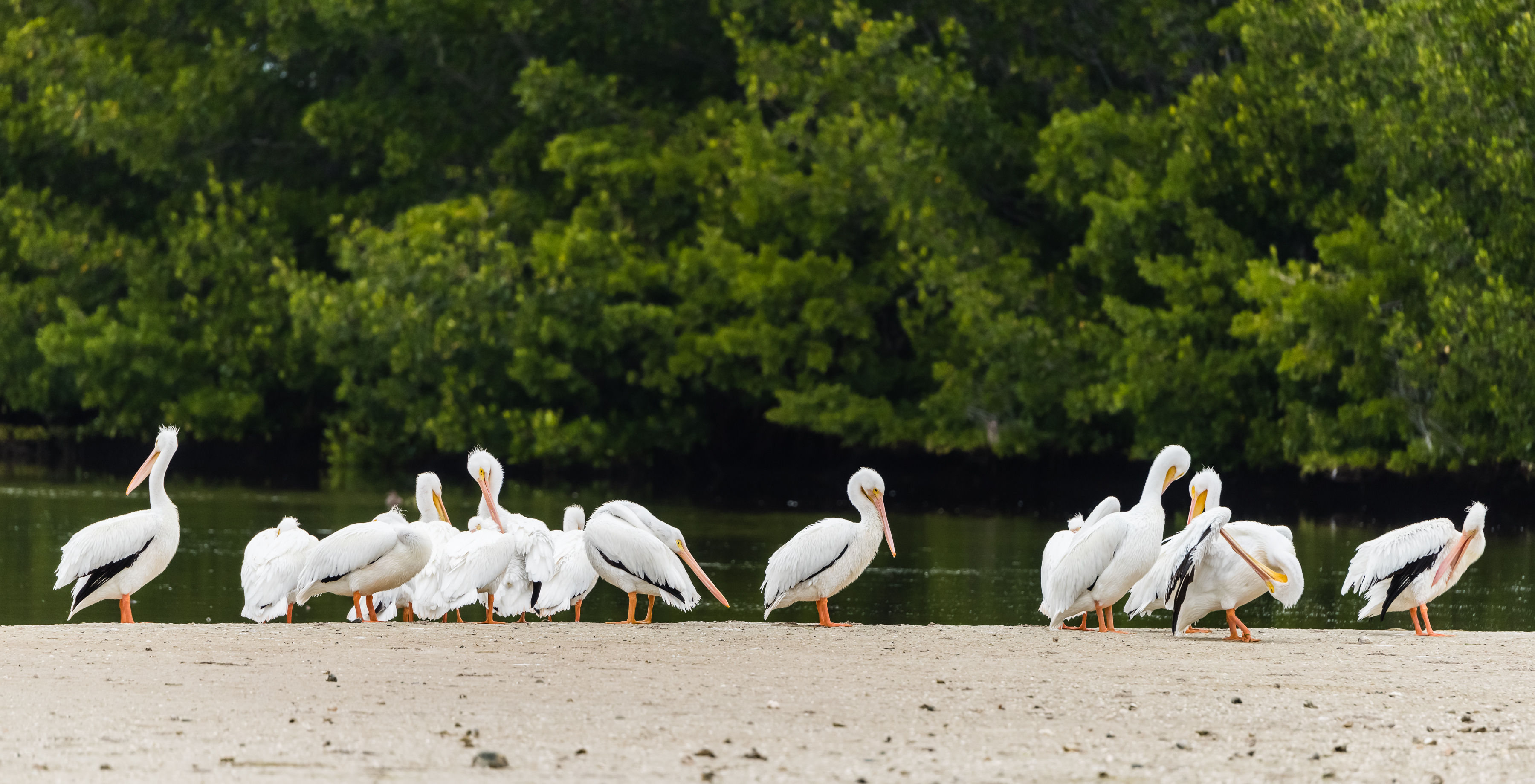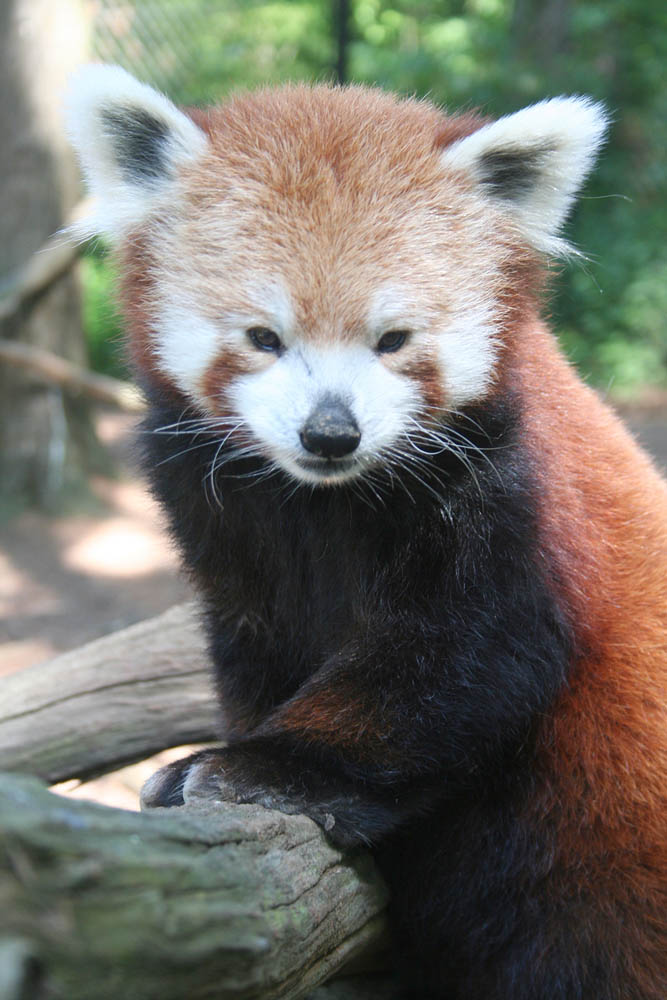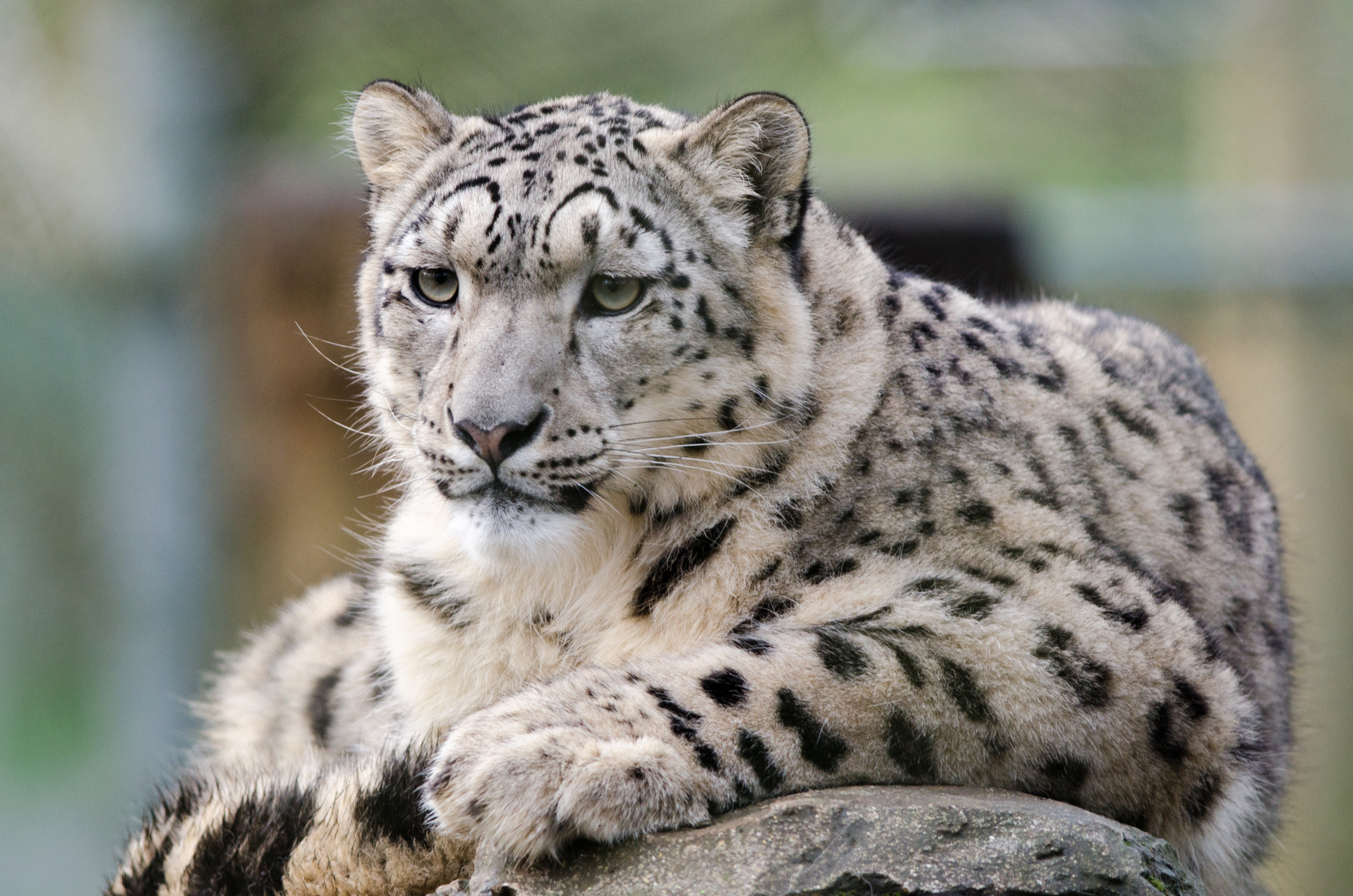5 places to see exotic animals up close
Take a walk on the wild side

Each week, we spotlight dream vacations recommended by some of the industry's top travel writers. This week's pick is five destinations where you can see exotic animals up close.
1. Uganda's mountain gorillas

I almost didn't make it to the gorilla enclave, said Jennifer Billock at Smithsonian. The rough path my guides had bushwhacked through Uganda's aptly named Bwindi Impenetrable National Park hardly made our mountain climb any easier. Fortunately, Volcanoes Safaris had enlisted personal porters, who carried guests' bags and pulled us up "from muddy ledge to muddy ledge." Mountain gorillas, or silverbacks, are critically endangered; only 880 remain in the world, and they're confined to two forests in the neighboring nations of Uganda, Rwanda, and the Democratic Republic of Congo. Treks like ours help, generating conservation funding that has contributed to a near doubling of the gorilla population since 2010. Soon after we caught up with our trackers, we were standing amid members of the silverback family we'd been following: one male to our left, sitting in a swarm of bugs; a female up in a tree; and farther ahead, another female with her baby, known as Gift — every one of them at ease with human company. "Although we were all enamored watching Gift tumble off her mother's back only to get scooped back up into her warm embrace, or seeing the dominant male flip upside-down to stare at us from a new angle, the gorillas didn't seem to care one bit that we were there."
The Week
Escape your echo chamber. Get the facts behind the news, plus analysis from multiple perspectives.

Sign up for The Week's Free Newsletters
From our morning news briefing to a weekly Good News Newsletter, get the best of The Week delivered directly to your inbox.
From our morning news briefing to a weekly Good News Newsletter, get the best of The Week delivered directly to your inbox.
2. Ecuador's hummingbirds

The cloud forests of Ecuador offer "some of the best bird viewing in the world," said Doug Hansen at The San Diego Union-Tribune. Roughly 1,600 bird species inhabit the country — about twice what the U.S. can claim — and hundreds live nowhere else. My wife and I were visiting Quito when we learned of the Jocotoco Conservation Foundation, a nonprofit that owns 11 reserves scattered across more than 40,000 acres of protected forest. Bird photographers from around the world gravitate to Jocotoco's reserves with massive lenses in tow, but "you don't have to be a hardcore bird-watcher to be mesmerized by the dazzling display of tropical birds that swarm to the feeders at the Jocotoco reserves." At Buenaventura, our favorite, Sharen hailed me from her hammock several times to show me toucans landing nearby. We couldn't get enough, though, of the hummingbirds at the feeders. Even the most common variety, chestnut-breasted coronets, resembled "prismatic flying jewels," and "nothing in our previous bird-watching experience compared with our ability to gaze, close up, at the frenetic procession."
3. Florida's pelicans and bison

Instead of merely escaping to a spring-break beach this winter, "you can turn your Florida getaway into a safari," said Bonnie Gross at the Orlando Sentinel. From the alligators and crocodiles that lurk in the Everglades to the dog-size deer that are indigenous to Big Pine Key, countless exotic species live or winter in the Sunshine State. In November, hundreds of manatees move inland for four months and pack Blue Spring State Park nearly wall to wall. Meanwhile, white pelicans, another seasonal migrant, fly nonstop from the mountains of the northwest to roost along both coastlines. They're dramatic birds, with a 9-foot wingspan — two to three times larger than the common brown pelican. A huge population of white pelicans uses an island in Charlotte Harbor as a rookery. You can observe them from the fishing pier at Placida, which happens to be "the sort of off-the-beaten-path spot that's fun to discover." Get to Paynes Prairie Preserve State Park outside Gainesville for a chance at seeing the most surprising animals Florida can offer: the wild horses and bison that wander among the park's trails.
A free daily email with the biggest news stories of the day – and the best features from TheWeek.com
4. A panda feeding zoo

"Red pandas, I'm happy to report, are even cuter in person than they are online," said Sadie Dingfelder at The Washington Post. YouTube videos of these adorably round-faced bear-cats have been viewed millions of times, "so clearly I'm not alone in my obsession." When I discovered that the Oglebay Resort in Wheeling, West Virginia, is home to a zoo that lets visitors get up close to red pandas, I persuaded my family to join me on a road trip. The panda experience starts at $165 for two people, and though we were told we couldn't pet the pandas, we were advised that they might climb on us while we fed them. When we stepped into the pandas' habitat, I nearly swooned when the female, Amber, simply stretched and yawned. And when I offered a cut grape to Junji, a young male, and he gently pulled my hand down with his paws, "it took every ounce of my willpower to not scoop Junji up and bury my face in his soft red fur." Though both pandas lost interest in us fairly quickly, "we humans thoroughly enjoyed the entire 20-minute encounter."
5. Northern India's snow leopards

I was half asleep in my tent, said Jill Robinson at the San Francisco Chronicle, when I heard the shout we'd all been waiting for: "Leopard! Leopard! Leopard!" Scrambling, I grab a sweater and boots, and sprint in my socks from my tent toward the tracker and his telescope. In the distance stands a snow leopard, a creature rivaled in mystique only by yeti and unicorns. The elusive animal is at home in the "almost supernatural" landscape of northern India's Ladakh region, where Mountain Travel Sobek helps travelers find them. This beautiful cat is stalking something, its long tail twitching in the air. Crouching into a prowl, it flows over a rocky ridge "like moonlight on snow," then leaps down the cliff toward a small herd of bharal. The sheep scatter, "jumping in all directions, like a handful of dust in the air — poof." We watch the graceful hunter for five hours as it suns itself, sniffs the air, and stalks more bharal. "I hardly notice that I never tied my boot laces, and haven't yet eaten. Getting my first, and perhaps only, glimpse of a snow leopard in the wild is enough."
-
 Why is the Pentagon taking over the military’s independent newspaper?
Why is the Pentagon taking over the military’s independent newspaper?Today’s Big Question Stars and Stripes is published by the Defense Department but is editorially independent
-
 How Mars influences Earth’s climate
How Mars influences Earth’s climateThe explainer A pull in the right direction
-
 ‘The science is clear’
‘The science is clear’Instant Opinion Opinion, comment and editorials of the day
-
 Why Greenland’s natural resources are nearly impossible to mine
Why Greenland’s natural resources are nearly impossible to mineThe Explainer The country’s natural landscape makes the task extremely difficult
-
 Iran cuts internet as protests escalate
Iran cuts internet as protests escalateSpeed Reada Government buildings across the country have been set on fire
-
 US nabs ‘shadow’ tanker claimed by Russia
US nabs ‘shadow’ tanker claimed by RussiaSpeed Read The ship was one of two vessels seized by the US military
-
 How Bulgaria’s government fell amid mass protests
How Bulgaria’s government fell amid mass protestsThe Explainer The country’s prime minister resigned as part of the fallout
-
 Femicide: Italy’s newest crime
Femicide: Italy’s newest crimeThe Explainer Landmark law to criminalise murder of a woman as an ‘act of hatred’ or ‘subjugation’ but critics say Italy is still deeply patriarchal
-
 Brazil’s Bolsonaro behind bars after appeals run out
Brazil’s Bolsonaro behind bars after appeals run outSpeed Read He will serve 27 years in prison
-
 Americans traveling abroad face renewed criticism in the Trump era
Americans traveling abroad face renewed criticism in the Trump eraThe Explainer Some of Trump’s behavior has Americans being questioned
-
 Nigeria confused by Trump invasion threat
Nigeria confused by Trump invasion threatSpeed Read Trump has claimed the country is persecuting Christians